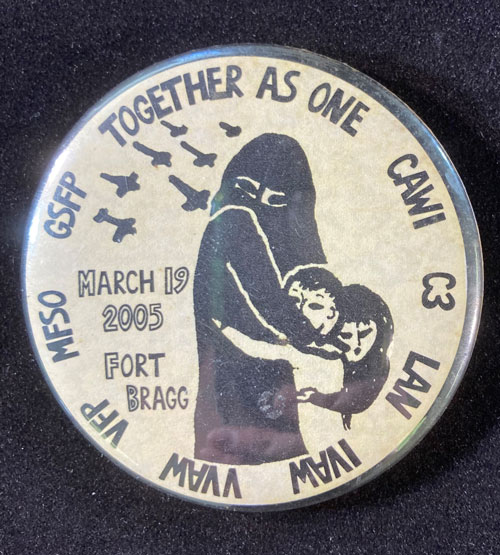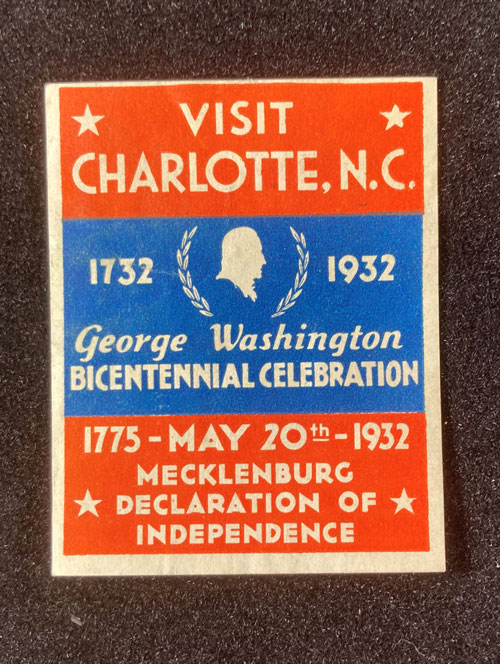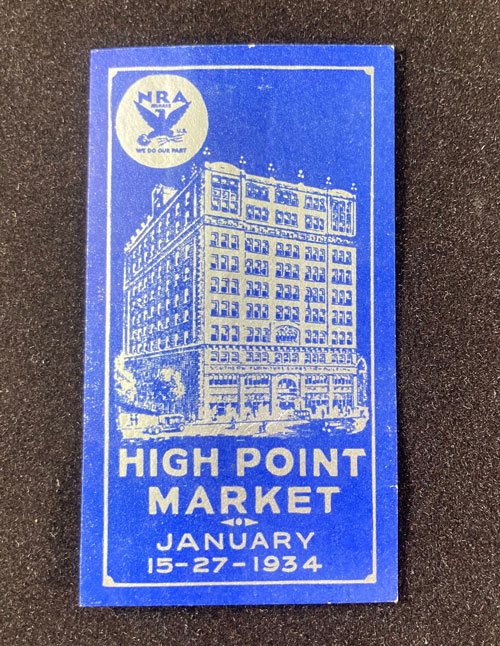
“Two years ago this weekend, Michael Hoffman, then a U.S. Marine, was marching across the border of Kuwait as the war in Iraq began. On Saturday, he marched through the streets of this military town [Fayetteville] with other veterans, military family members and anti-war activists protesting the invasion he now believes was wrong….
“[Such demonstrations come] as national anti-war efforts try to regain footing after the re-election of President Bush.
“That is partly why one of the larger events was in Fayetteville, home of Ft. Bragg Army base, the Army Special Operations Command and the 82nd Airborne Division, now on its second tour of duty in Iraq. Police estimated that 3,000 people gathered in a park Saturday for Fayetteville‘s largest anti-war rally since Jane Fonda protested the Vietnam War here in 1971.”
— From “Army town draws anti-war protest; Thousands march across U.S., Europe on Iraq anniversary” by Dahleen Glanton in the Chicago Tribune (March 20, 2005)
The initialisms around the edge of this pinback button represent organizations such as Vietnam Veterans Against the War and Military Families Speak Out.




